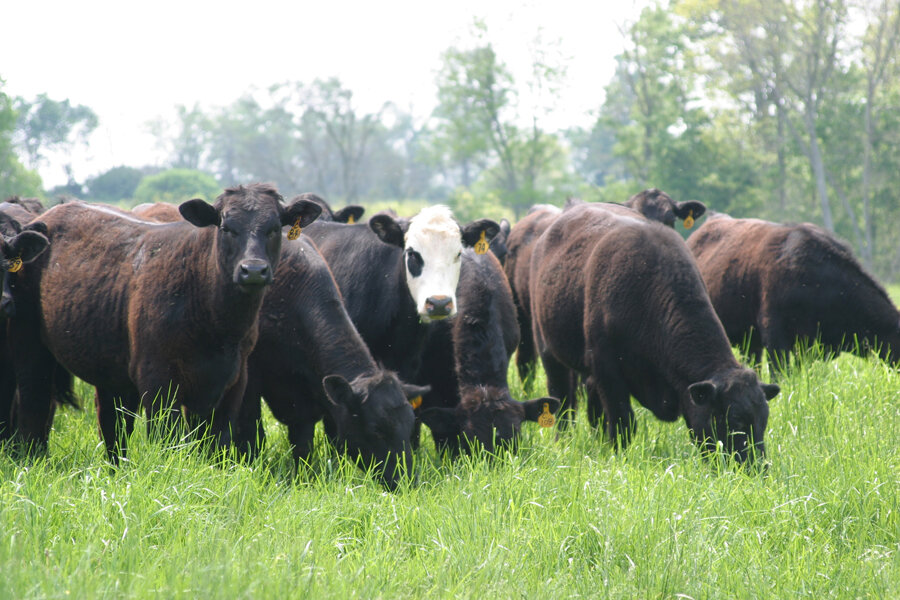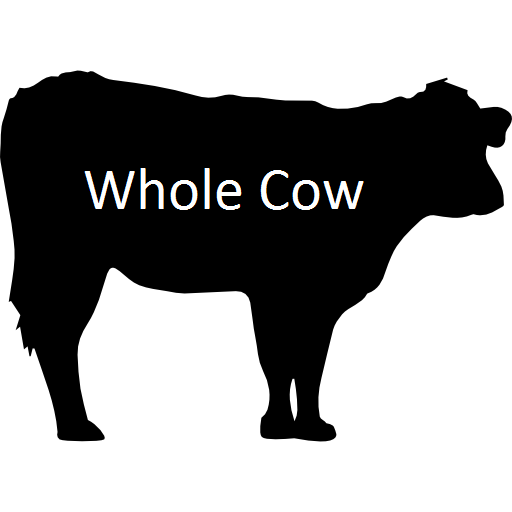Whole Cow for Sale: What You Need to Know Before You Buy
When considering the purchase of a whole cow, either for your family’s consumption or for a business need, there are several critical aspects you should be aware of before making your decision. Buying a whole cow is not as simple as just picking up meat from the butcher or grocery store. It involves understanding the logistics of purchase, processing, storage, and usage. This guide will delve into the nuances of buying a whole cow, covering ethical considerations, financial implications, and practical tips to make your purchase worthwhile.
1. Understanding the Basics
Before you even start looking at whole cow for sale, it’s important to grasp what buying a whole cow entails. When you purchase a whole cow, you are typically buying what is referred to as “on the hoof” live weight. This is the weight of the animal before it has been slaughtered and processed. The actual amount of meat you will receive – the “hanging weight” (post-slaughter, pre-processing weight) – will be less due to the removal of non-edible parts like bones, blood, and organs. Typically, the hanging weight is about 60% of the live weight.
2. Why Buy a Whole Cow?
There are several reasons why someone might choose to buy a whole cow:
– Economic Benefits: Buying in bulk often reduces the cost per pound compared to purchasing individual cuts of meat. It can be a cost-effective solution for large families or groups.
– Quality and Traceability: Purchasing a whole cow often allows you direct access to the source of your meat. You can ensure the cow was raised according to specific standards (organic, grass-fed, etc.), and you can trace every step from pasture to plate.
– Customization: When you buy a whole cow, you can often choose how your meat is butchered and processed, tailoring the cuts to your specific cooking preferences and needs.

3. Ethical Considerations
The ethics of meat consumption are important to many people. Buying a whole cow from a local farmer can assure you of the animal’s welfare standards. Grass-fed and organically raised cows are typically healthier and have lived more natural lives than those in high-density feedlots. Moreover, supporting local agriculture can contribute to the sustainability of farming in your area.
4. Financial Implications
While buying a whole cow can be cost-effective in the long run, the initial outlay is significant. A whole cow can cost anywhere from $1,200 to $3,500 depending on its live weight, the region, and the farming practices involved. Moreover, you’ll need to consider the costs of slaughtering, butchering, and processing, which can add several dollars per pound to the total cost.
5. Logistics of Purchase and Processing
– Selecting a Farmer: Research local farms, and consider visiting them to see firsthand how the animals are raised. This also gives you an opportunity to develop a relationship with the farmer and discuss specifics like feed and health of the livestock.
– Understanding Butchering Options: Talk to the butcher who will process your cow. Discuss cut options, aging of the meat, and packaging. Some butchers will vacuum pack and label each part, which is essential for organized long-term storage.
– Storage: One of the biggest challenges of buying a whole cow is storing the meat. A single cow can yield hundreds of pounds of meat. A large freezer, typically a chest freezer, is necessary to store all the meat safely. Ensure you have adequate space and that your freezer is operating efficiently to handle this volume.
6. Legal and Health Considerations
Check local regulations regarding buying and processing meat in your area. Some regions have specific rules about the slaughter and sale of livestock. Health-wise, ensure that the farm and butcher follow all necessary hygiene practices to prevent contamination and ensure food safety.
7. Planning for Usage
Buying a whole cow results in a wide variety of meat cuts, which requires some planning for effective use:
– Learn About Different Cuts: Understand which cuts are best for various cooking methods. For instance, steaks are great for grilling, while tougher cuts like brisket are better for slow cooking.
– Meal Planning: Plan your meals around the meat you have. This can be an exciting opportunity to try new recipes and cooking techniques.
– Sharing with Others: If a whole cow is too much for your household, consider splitting the purchase with family or friends. This way, everyone benefits from the cost savings and variety.

8. Long-term Benefits
Despite the initial cost and setup required, buying a whole cow can have long-term benefits for your budget, health, and culinary skills. You’ll likely notice a difference in the quality of your meals, and having a variety of cuts on hand encourages culinary creativity.
9. Making the Decision
Ultimately, whether buying a whole cow is the right decision depends on your circumstances, including your budget, storage capacity, and consumption rate. It’s a significant commitment, but for many, the advantages outweigh the initial hurdles.
Conclusion
Buying a whole cow is a unique endeavor that not only provides economic value but also enhances your control over and appreciation for what you eat. By understanding the process from start to finish, you can make an informed decision that aligns with your ethical values, health needs, and culinary preferences. With careful planning and the right resources, purchasing a whole cow can be an enriching experience that brings you closer to the food you eat and supports sustainable agricultural practices.



